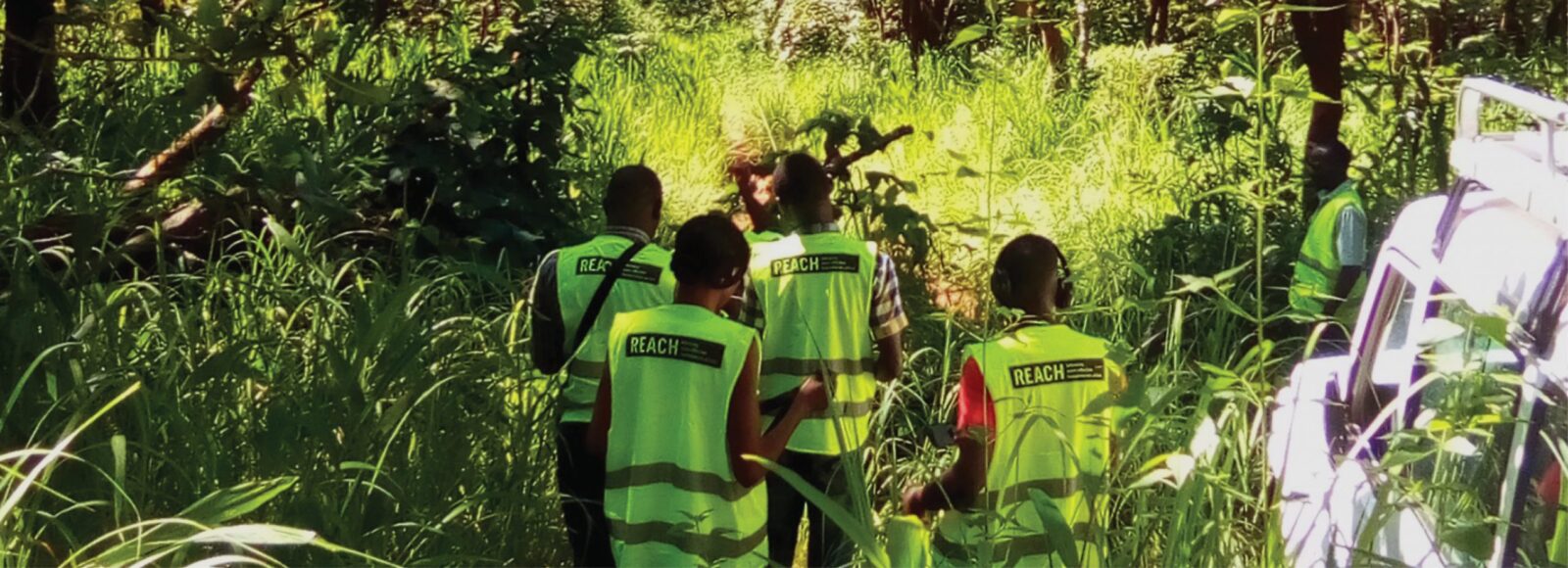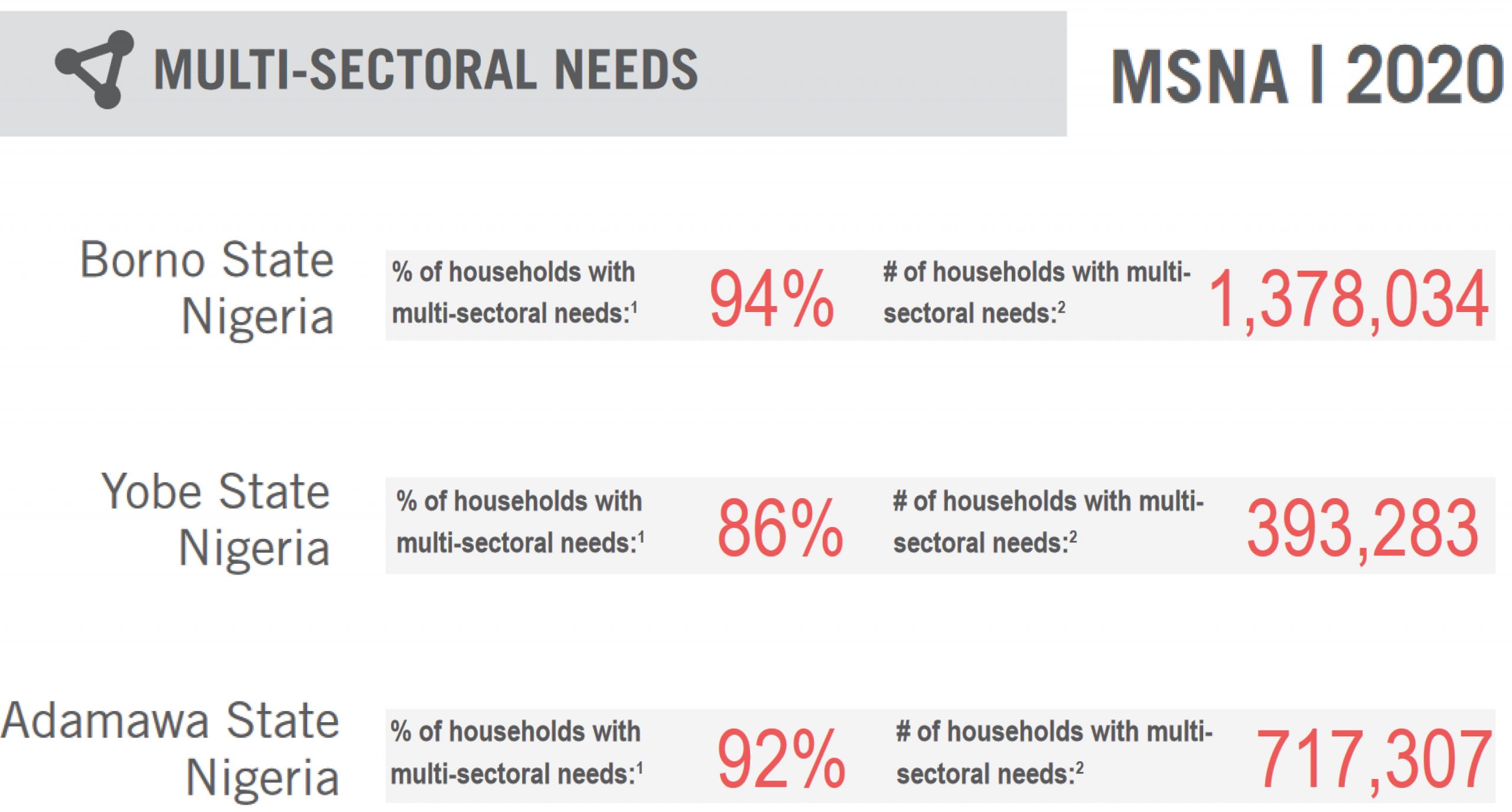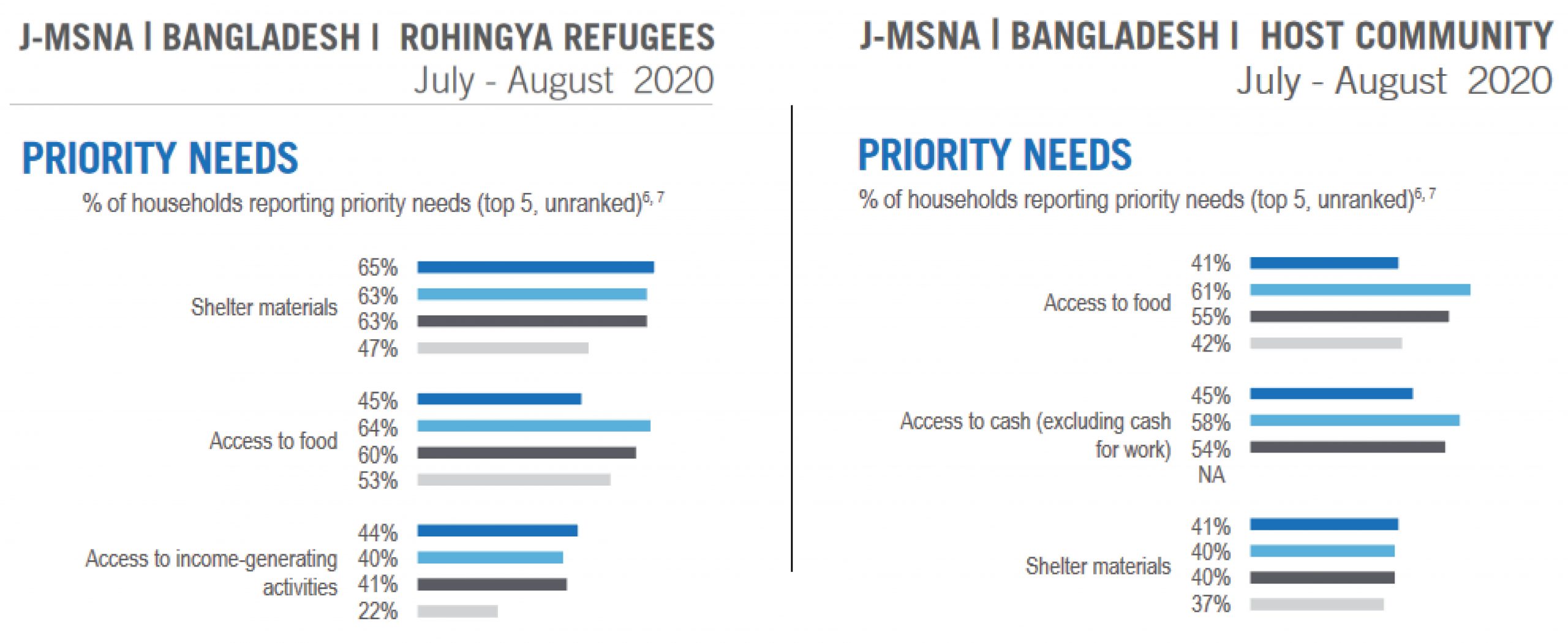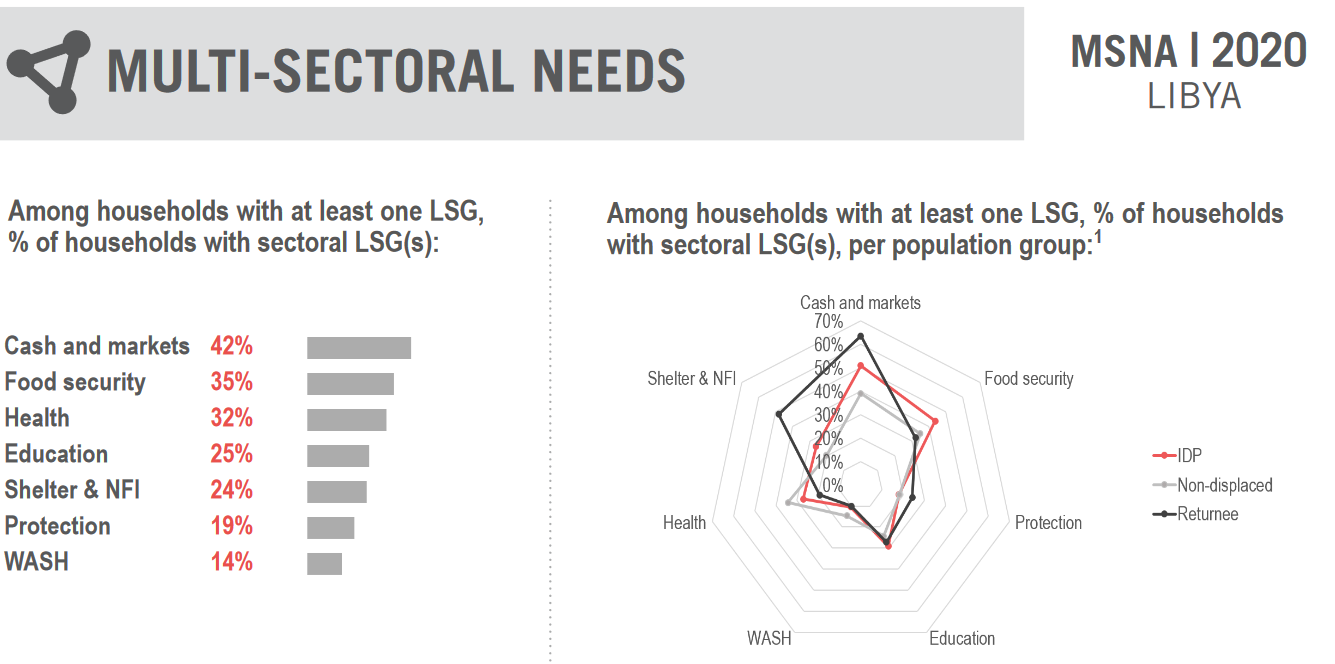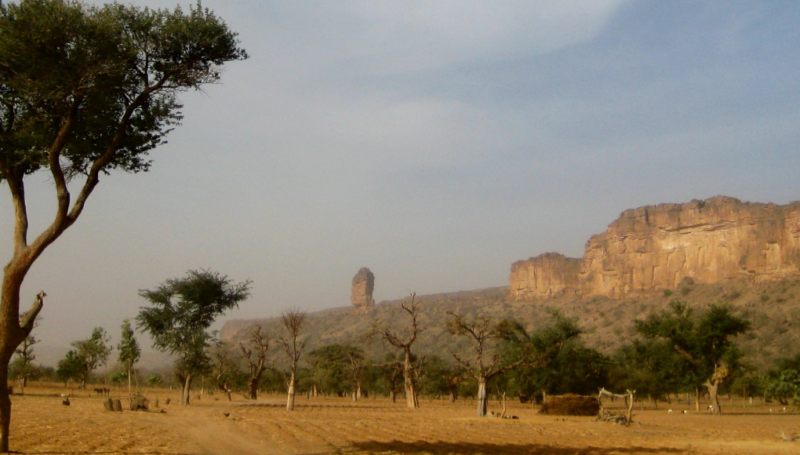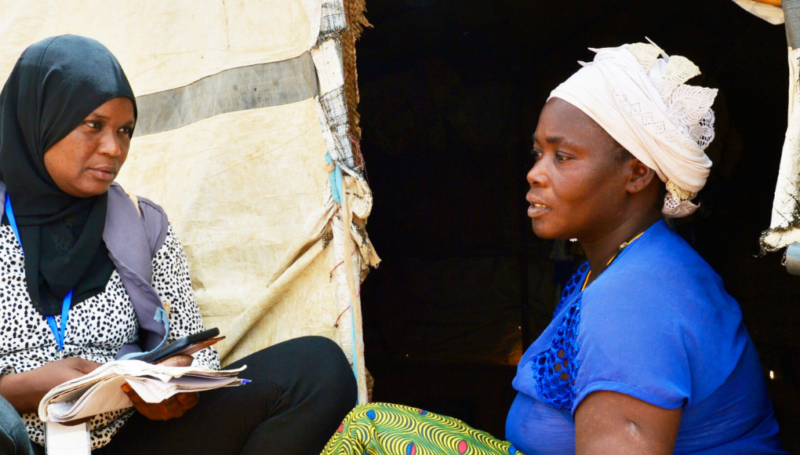REACH launched its first ever Multi-Sector Needs Assessment (MSNA) in 2016 – in the wake of the World Humanitarian Summit and Grand Bargain commitments to shaping more targeted, prioritized, and effective humanitarian action. Five years ago, the impetus at the summit was to find solutions and tools enabling major aid actors to access more granular information on the actual needs and vulnerabilities of crisis-affected populations to guide their decision-making. Since then, evidence-based decision making has become a cornerstone of effective humanitarian action as witnessed by the constant increase in demand for data contained in the MSNAs and the data’s influence in flagship humanitarian response processes, such as OCHA’s Humanitarian Needs Overview and Humanitarian Response Plan (HNO/HRP).
In 2020, as stated by OCHA’s Global Humanitarian Overview, the stakes for maintaining a steady flow of reliable information have never been higher for the 235 million people in need of humanitarian assistance. Whilst the pandemic is hampering the capacity of response actors to operate normally, vulnerable populations need support now more than never. However, collecting vital data on the needs and vulnerabilities of crisis-affected populations as reported by them directly during a global pandemic has proven to be a great challenge. IMPACT Initiatives was able to count on its talented and committed REACH staff to swiftly and decisively meet this challenge. Switching to remote data collection processes and mixed methods research approaches, REACH teams were able to survey the needs of over 100,000 households across 12 crisis-affected countries around the globe – setting a standard for the safe collection of data in the process.

At a time when it was most needed, REACH was able to fulfill its mission of informing more effective humanitarian action and deliver on the vast portfolio of data collection and analysis activities in Afghanistan, Burkina Faso, Central African Republic, Iraq, Libya, Niger, Nigeria, Somalia, Sudan, Syria, and Ukraine.
Below are some examples of key findings from MSNAs- recently shared with humanitarian and development actors involved in response.
Very high prevalence of households with multi-sectoral needs in Northeast Nigeria
| In Nigeria, REACH teams led a Multi-Sector Needs Assessment in the crisis-affected states of Adamawa, Borno and Yobe to fill persisting information gaps on humanitarian needs severity in the region and enable effective response planning. The methodology for the 2020 assessment was adapted to the current COVID-19 health emergency, using a mixed-methods approach to avoid in-person data collection (more details in the fact-sheets.) Key findings in Borno State:
In Adamawa State:
In Yobe State:
On top of these, satisfaction with the aid received across the three states was found to be generally low. Internally Displaced People (IDPs) and returnees in the North East of Nigeria were found to be particularly affected by the main drivers of vulnerability. |
Monitoring the humanitarian situation of refugee & host populations in Cox Bazar, Bangladesh
In Bangladesh, REACH collected multi-sectoral data on the needs and vulnerabilities of both refugee and host populations in Cox’s Bazar.
As the crisis progresses it is key that the situation of both population groups, who are impacted differently by the crisis, be monitored.
Among the key findings in Cox’s Bazar:
- The most commonly reported needs among refugees included shelter materials and access to food, followed by the access to income-generating activities.
- Among host communities, the most commonly reported needs were access to food, as well as access to cash, reflecting the impact of COVID-19 on food security and livelihoods.
Overcoming logistical and security challenges, aggravated by the pandemic, in the Central African Republic
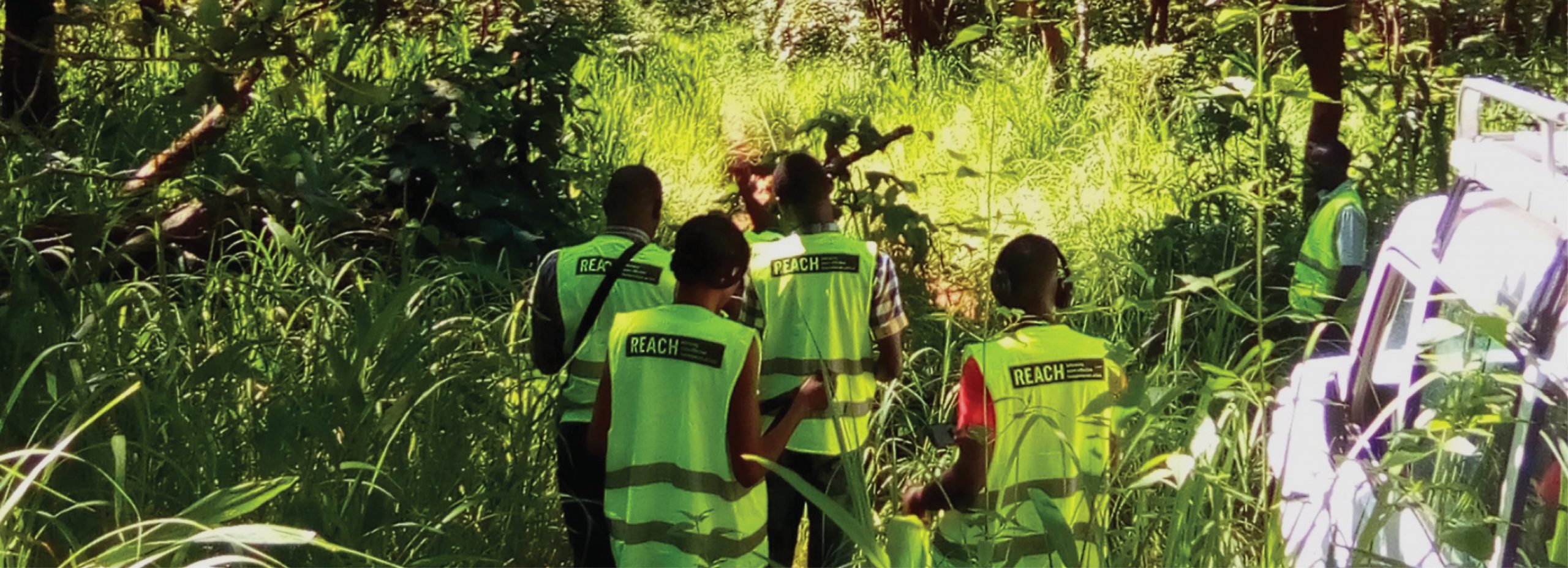
As we have illustrated in an earlier article, the humanitarian crisis in the Central African Republic is compounded by severe access issues for humanitarian actors seeking to respond, due to logistical and security constraints.
In 2020, the situation only worsened regarding the capacity for humanitarian actors to monitor needs effectively, further complicated by the spread of the pandemic and the countermeasures in place.
“Against this backdrop, REACH teams conducted data collection using a combination of in-person household-level surveys in accessible areas, as well as through the remote Area of Knowledge methodology for inaccessible areas across five-sub prefectures. The AoK methodology involves collecting indicative data on the multi-sectoral humanitarian situation through Key Informant interviews with persons either recently arriving from inaccessible areas, or currently residing there, or someone who has recently been in contact with residents of these areas. The aim is thus to compliment data collected through the household level survey with similar information from the inaccessible areas, to provide as comprehensive a picture as possible of the humanitarian situation in the Central African Republic,” explains IMPACT’s Head of Research, Nayana Das.
After consultation with operational humanitarian actors in the country, five sub-prefectures were comprehensively assessed as part of the 2020 MSNA in CAR: Bambouti, Djéma, Yalinga, Ouadda, and Koui.
Among the key findings from the five MSNAs:
- In Koui, insecurity is a concern for adults in 96% of assessed locations, and in 91% of assessed locations for children.
- Insecurity for accessing fields to work is also reported in 75% of assessed areas, gravely impacting livelihoods.
- Less prone to insecurity, assessed areas in Djéma however largely reported that water points were too far away (67%). Over a third assessed areas also reported that there was too much waiting time at the water point, or an insufficient quantity of water delivered.
- In Yalinga, the presence of at least one child under the age of 5 presenting symptoms of malnutrition was reported in 75% of assessed areas.
- In Ouada, there is no access to any functional health services by walk in over 65% of assessed locations.
For more information on CAR’s mixed methods approach, feel free to consult the Terms of Reference, referring specifically to page 11 for the hard-to-reach component.
Surveying three population groups (IDP, refugee, and host) separately as part of the Libyan MSNA
In Libya, REACH teams also led two MSNA’s covering both the Libyan population, as well as refugees and migrants in the country.
To understand the vulnerabilities of local Libyans and refugee and migrants residing in the country, the MSNA uses indicators that report on the humanitarian situation of each household for every monitored sector. Data from the MSNA found that, in total, 28% of Libyan households suffer from needs in at least two sectors (see picture above).
The most commonly reported need and vulnerabilities were in relation to Cash & Markets (income source, inability to meet needs financially), as well as Food Security (which indicates poor food consumption scores).
Again, these vulnerabilities largely reflect the compounded negative effect that the COVID-19 pandemic has had on a Libyan population already affected by renewed tensions in the country since 2019.
For more information
The REACH Resource Centre allows users to create alerts to be notified when products are published within their range of interests. In regards to the MSNAs, you can register to receive an alert when further reports are published.
Contact
For any queries, feel free to reach out to IMPACT’s Communication Officer, Emmanuel Gamard.





